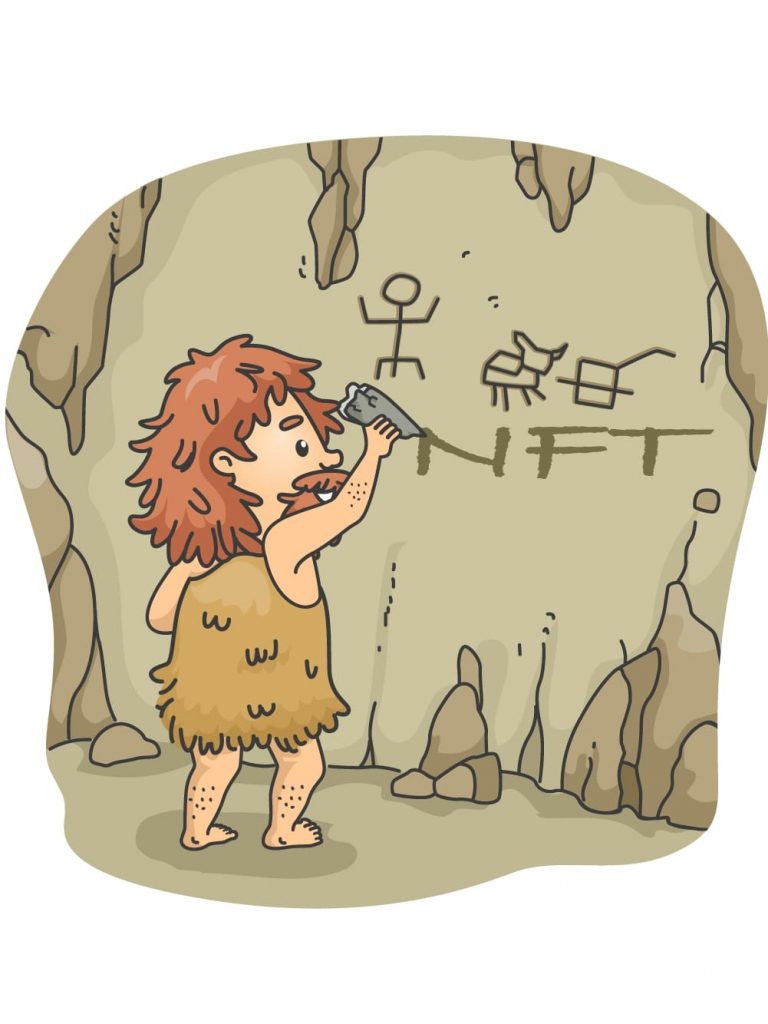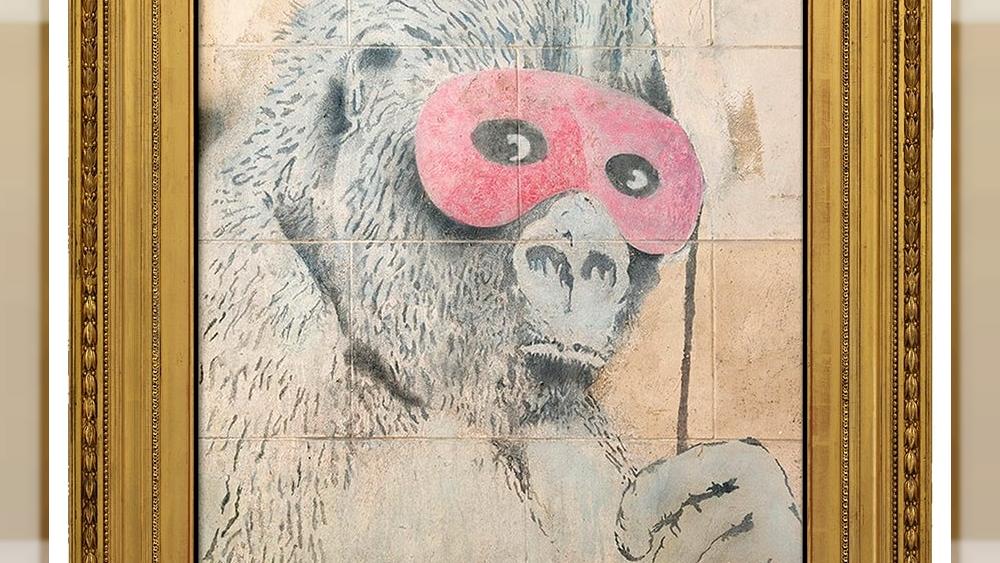Table of Contents
When the iPhone first went on sale in 2007, social media didn’t exist, not to mention social media-wide and mobile app-based companies. Only a few years later, everyone under the age of 25 on the Internet appeared to be a social media manager. And now, there’s never been a day when you’re not interacting with at least nine mobile-based applications.

Blockchain technology and the products built on it represent a similar paradigm shift in support of new skills that were unthinkable two years ago.
One of those rapidly evolving skills is NFT archeology. This is the title created after Adam McBride described it as “The Lost Treasure Hunt.” Interview with Adam and another NFT archaeologist, Gabagool, what NFT archeology is, what it takes to develop the skills it needs, and why it’s for the future of digital collectibles and blockchain-based technology. I learned if it is important.
What Is the Purpose of NFTs?
NFTs or Non-FUngible tokens are cryptographic assets built on a blockchain technology which makes them unique thanks to the identification codes and metadata.
Unlike cryptocurrencies, NFTs cannot be swapped or exchanged at equivalency. But this can differ from fungible tokens like crypto tokens which are similar to each other and therefore can serve as a medium for commercial transactions.
Non-fungible tokens (NFTs) are cryptographic assets on a blockchain with unique identification codes and metadata that distinguish them from each other. Unlike cryptocurrencies, they cannot be traded or exchanged at equivalency. This differs from fungible tokens like cryptocurrencies, which are identical to each other and, therefore, can serve as a medium for commercial transactions.
What is NFT Archeology?
You may not yet see the “NFT Archaeologist” classified ads on LinkedIn and Indeed, but you can use your research skills and understanding of blockchain to create a historic project that paved the way for modern NFT. There are a few people who are revealing.
“NFT archaeologists are interested in understanding the origin of the current phenomena. Those who are not determined to be presented to those who build copy-paste NFTs to make money right away. , Driven by innate curiosity about where it came from.” – Gabagool

In a truly decentralized way, NFT archaeologists do not have a certification of their technique and are not paid by large corporations to do this job. They were born out of hard work, a collaborative community, and the recognition that this is a paradigm shift technology worth exploring further.
Their common goal is to discover and certify projects that should be part of the NFT’s official historical story.
Understanding art history is the window to the evolution of human civilization. There is an entire university faculty dedicated to art history and a legitimate career path for those who study it. It’s not surprising that NFT archaeologists are volunteering to contribute to this document. This time is likely to be seen as a tremendous change in the way people with digital technology and art interact.
A Day In the NFT Archeologist Life
The history of this paradigm shift technology can be found in blockchain, Reddit threads, Discord groups, Medium articles, old YouTube videos, Github repositories, and other internet columns. Archeologists are digitally digging for all sorts of information and when this was first discovered, it was named “Alpha” in the NFT sphere.
Gabagool explained Alpha as “information asymmetry . . . You understand how something can be, and what it can be, and when you explain it to them, others don’t see it. It means that you can understand and see it. “
For those who are reading this and want to know which NFT to buy, Alpha is the information that comes from doing this work and believing in something before it is confirmed by others.
But be careful, it’s not a trivial task.
Both archaeologists I interviewed use forums, advanced Google and Twitter searches, Etherscan, Discord groups, and many other resources unknown to the average collector to screen information. I remember spending 10-12 hours a day on my laptop.
Both are familiar with the ERC721 contract standard (programming code that enables NFTs in their current state), so they understand how to create a project where the website is not working (even if you know how). Not always a good idea.
This detailed understanding also helps NFT archaeologists categorize projects, identify projects that have pushed the boundaries of technology, and provide the basis for advancing current NFT projects. It also helps you find dead projects that should be left untouched (websites aren’t working, authors that can’t be tracked, etc.).
Why Is This Work Important?
Throughout history, many famous artists and writers (including Vincent Van Goff and Edgar Allenpo) were not recognized until after their death.
Using the power of the Internet, NFT archaeologists such as Adam and Gabagool are ensuring that blockchain-marked artists and creators have the opportunity to recognize and appreciate their work.
Both sides shared that the most rewarding aspect of their “work” is the gratitude and gratitude of the creators who have benefited from rediscovering old projects.
“It’s a rich story. Your definition of NFT is very different from what people thought about it. People were trying to bring art and games to Ethereum.” – Gabagool
In some cases, rediscovered works are sold at well-known auction houses such as Sotheby’s.
The blockchain is moving faster and the possibilities are moving even faster. Adam and Gabagool built these valuable skills in months instead of years.
Adam was involved in cryptocurrencies in 2017 and built an NFT, but left after the ICO (Initial Coin Offering) crashed. Gabagool began trading travel in Robin Hood, became interested in decentralized finance, and later discovered NFTs. Gabagool suggested that anyone who wants to be an NFT archaeologist “needs to join Github and Etherscan.”
How to Become an NFT Archaeologist?

Gabagool suggested that anyone who wants to be an NFT archaeologist “needs to join Github and Etherscan.”
There aren’t classes or certification courses to take, its about spending time in this space, buying projects you like, joining Discord and Telegram groups, reading threads on Twitter, building relationships, and being self-motivated to learn.
It’s no surprise that at some point NFT archaeologists and historians are in a terrible position for investors and teams developing new projects. In addition, community managers and Web3 developers need to support new projects and innovations.
Disclaimer: The opinion expressed here is not investment advice – it is provided for informational purposes only. It does not necessarily reflect the opinion of EGG Finance. Every investment and all trading involves risk, so you should always perform your own research prior to making decisions. We do not recommend investing money you cannot afford to lose.
 English
English Français
Français Español
Español Bahasa Indonesia
Bahasa Indonesia 中文 (中国)
中文 (中国) Русский
Русский Português
Português Deutsch
Deutsch

